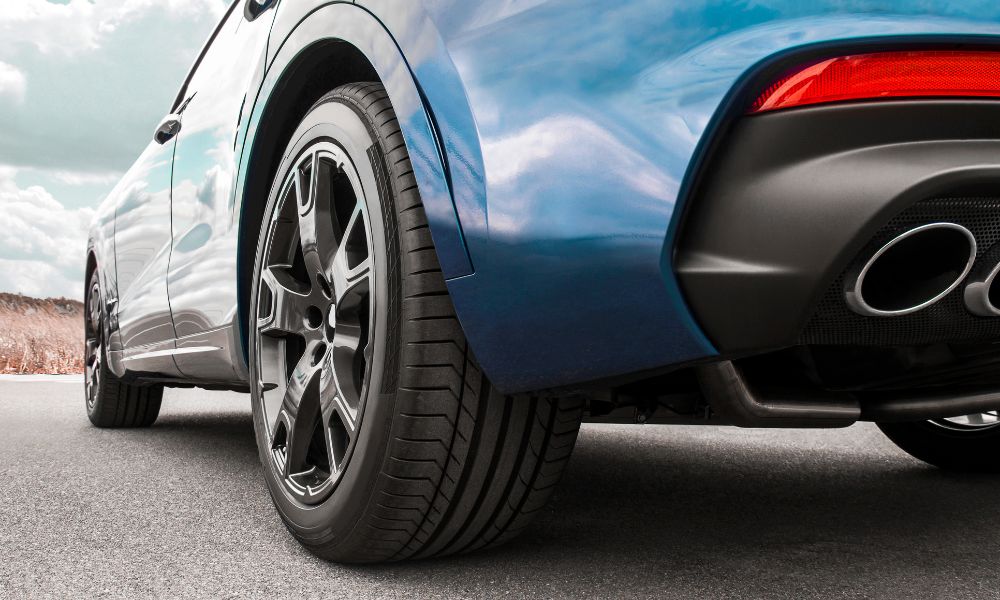
Like all things, tires eventually wear out and need to be replaced, but did you ever consider that different environments and roads may cause your tires to wear differently? For instance, traveling on highways has a different effect on tires than driving through city streets. Let’s compare highway miles and city miles to determine their impact on tires.
Highway Miles
You’d think the highway is where your tires experience the most wear and tear, but the opposite is actually true. Highways are typically better maintained than typical city streets. They’re more likely to be free from potholes, cracks, and other hazards that could damage or pop your tires. Furthermore, you drive on the highway at a sustained speed, which puts less stress on your tires even though you’re traveling for more extended periods of time and across greater distances.
Without much in the way of turning or constantly stopping and accelerating, you place a lot less stress and friction on your tires that grind and wear them down.
City Miles
In contrast, city streets can be treacherous for tires. The chaos of potholes, bumps, debris, and more will shred or wear off the rubber from your tire if you hit them too quickly. Furthermore, you stop and start much more frequently and make sharper maneuvers as you navigate smaller streets and crossroads. Breaking or turning sharply generates a lot of friction that also wears down the rubber and accelerates how soon you’ll need a tire replacement.
Rim Sizes
How your tires deal with the impact of highway miles versus city miles can also depend on your rims. For example, 2016 Chrysler 200 rims are low-profile, meaning they use thinner tires that are better suited for driving on pavement. They have stiffer walls and a greater surface area to grip the pavement. This greater grip makes it easier for cars to handle the road conditions, thus generating less stress and friction as you maneuver your car.


